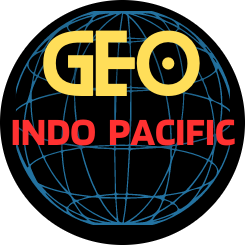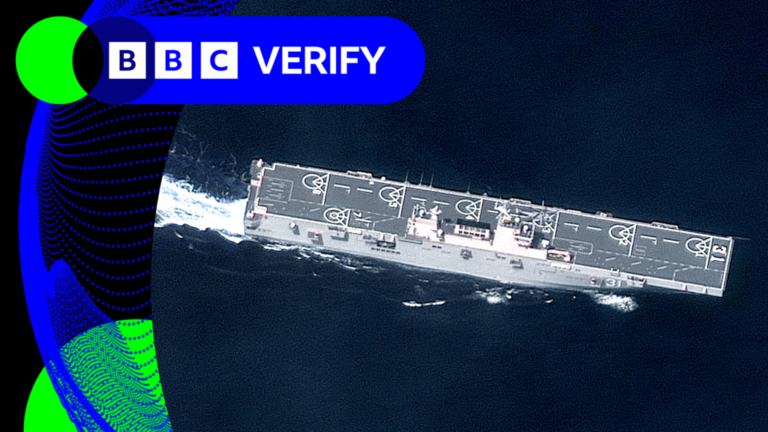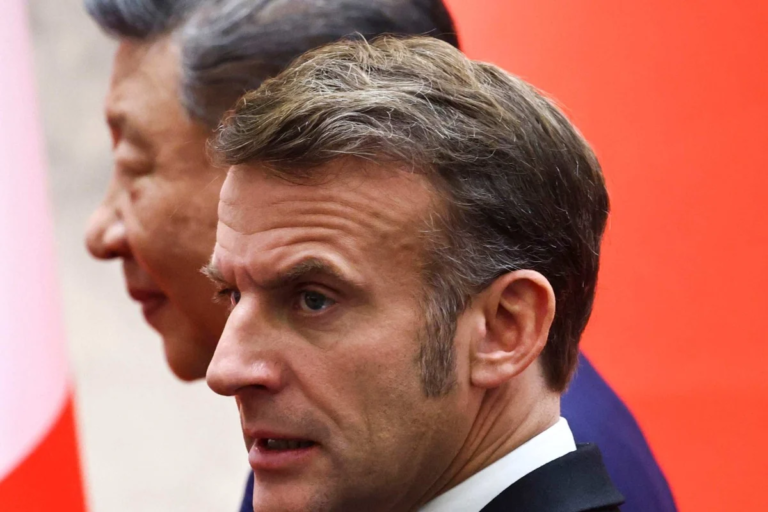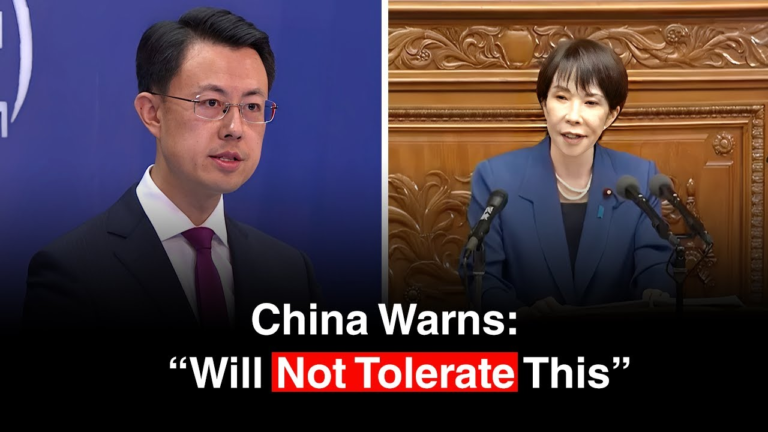
CENTRIX serves as a vital tool for interoperability among allied and partner nations, providing a secure, high-speed network for sharing classified and unclassified information.
“CENTRIX is critical to our interoperability with the Royal Thai Navy, ” said Master Sgt. Tuan Hoang, the amphibious communications chief for Combined Task Force 76. “It gives us a secure, real-time link to share surface tracks, operational graphics, and mission planning products. CENTRIX benefits are profound,” Hoang added. “This system allows allied forces to share vital intelligence, tactical information, and a common operating picture in real-time, greatly improving decision-making speed and accuracy.”
For nations committed to regional security and stability, such as the United States and Thailand, jointly mastering CENTRIX results in a more unified, responsive, and effective force capable of addressing shared challenges.
“Using the CENTRIX network, we were able to securely share and integrate maritime domain awareness data from Royal Thai Navy and U.S. ships and aircraft, including the RTN Blackjack Unmanned Aerial Drone (UAV) and the U.S. Navy P-8A,” said Lt. Cmdr. Casey Desormier, CARAT planner and foreign area officer for Destroyer Squadron (DESRON) Seven . “This fusion enabled us to build a common operational picture and directly support a trilateral Visit, Board, Search, and Seizure (VBSS) operation executed by the RTN, Royal Canadian Navy, and U.S. Coast Guard.”
During CARAT Thailand 2025, Sailors from both navies collaborated closely, learning the intricacies of CENTRIX operation, troubleshooting, and securing information exchange protocols. This hands-on training ensures that should future contingencies arise, U.S. and Thai forces can communicate seamlessly and act decisively as one.
This shared learning experience is a testament to the enduring U.S.-Thai relationship, a partnership that has grown stronger through decades of collaboration. By enhancing their collective ability to communicate securely, both navies are not only boosting their operational readiness but also deepening trust and understanding essentials for a robust alliance.
As the U.S. Navy’s forward-deployed destroyer squadron in Southeast Asia, DESRON 7 also serves as the primary tactical and operational commander of littoral combat ships rotating through Singapore, functions as the Expeditionary Strike Group (ESG) 7 Sea Combat Commander and strengthens regional partnerships through training exercises and military-to-military engagements.
U.S. 7th Fleet is the Navy’s largest forward-deployed numbered fleet and routinely operates with allies and partners to preserve a free and open Indo-Pacific region.





